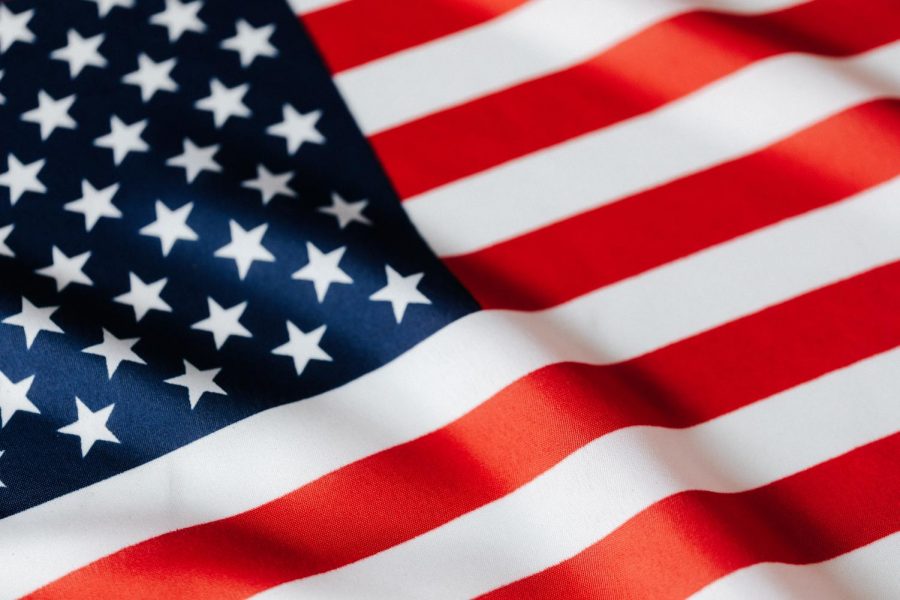The AP US History Curriculum is not holistic
October 8, 2020
“Those who cannot remember the past are condemned to repeat.” This adage is visible today, as the narrow view of American history taught in school is directly tied to the rampant ignorance pervading the country. This phenomenon is prominent in the AP US History Curriculum set by the College Board, which fails to objectively and adequately cover the history of minority populations.
“We teach students about the purpose of government for them to be educated citizens. So, we are doing them a disservice by painting a false picture that prevents them from understanding the issues within our society,” said Brandon Pan, a senior at CHS who started a campaign titled “End the College Board’s Whitewashing of US History,” which has over 18,900 signatures.
A critical issue with the APUSH curriculum is the omission and lack of emphasis placed on black populations’ historical oppression. The effect of policies like redlining and the War on Drugs are left out of the course and exam description, despite their undeniably lasting impact in the modern-day. Redlining started in 1933, when the federal government began a program explicitly designed to increase — and segregate — America’s housing stock. African-Americans and other people of color were left out of the new suburban communities — and pushed instead into urban housing projects. While the curriculum does reference “racial segregation” during this time period, that framing positions it as a problem of the past. While this policy was banned over 50 years ago, it still affects homeownership rates, home values, and credit scores in the impacted communities.
The “War on Drugs,” a term popularized in 1971 by President Nixon and expanded on by President Reagan is also glossed over in the curriculm. This policy had the intention and effect of disproportionally impacting communities of color, primarily Blacks. Nixon’s domestic policy chief, John Ehrlichman, blatantly stated that “by getting the public to associate the hippies with marijuana and blacks with heroin, and then criminalizing both heavily, we could disrupt those communities.” President Reagon doubled down on this policy, causing the total prison population to double eight years after 1980 and hitting communities of color hardest. Even today, Black Americans make up nearly 30 percent of all drug-related arrests, despite accounting for only 12.5 percent of all substance users. Without learning about these past injustices in history class, students are bound to enter adulthood without the context to understand racial tensions in the present day.
The curriculum’s flaws extend to the representation of Native American, immigrant, and LGBTQ+ history. Firstly, the curriculum does not mention the mistreatment of indigenous populations by the US government as a key concept. Another piece of history left out is the public perception and treatment of immigrants post World War Two. The idea that “Immigrants from around the world sought access to the political, social, and economic opportunities in the United States” suggests an unarguably positive experience for immigrants in America. When it comes to LQBTQ history, the only concept that students are required to understand is that “feminist, gay and lesbian activists mobilized behind claims for legal, economic, and social equality.”
Changing the APUSH curriculum is not an entirely novel undertaking. In 2014, the College Board changed its curriculum to cover the nation’s history of racial and gender conflict. While these changes were relatively minor, it provoked a backlash from conservatives calling the new content “anti-American.” The College Board responded to the criticism by dialing back the rhetoric and content. This partisan intervention to present a historical narrative that supports ideological beliefs blurs the line between fact and opinion to an alarming degree. It is incumbent upon curriculum developers to resist such political pressure and stay true to the course’s purpose of giving students an accurate understanding of this nation’s past and its effect on the present day.
The College Board must pay heed to these concerns and change the curriculum to give an accurate and diverse perspective of its history. “History is a story. The history textbook authors have chosen a particular way to tell that story, and they have chosen a lot of things to leave out”, said Jenny Padgett, a Freshman Literature and American Lit Honors teacher at Cupertino High School. “Our world is demanding for a more diverse and more honest way of telling that story.”




